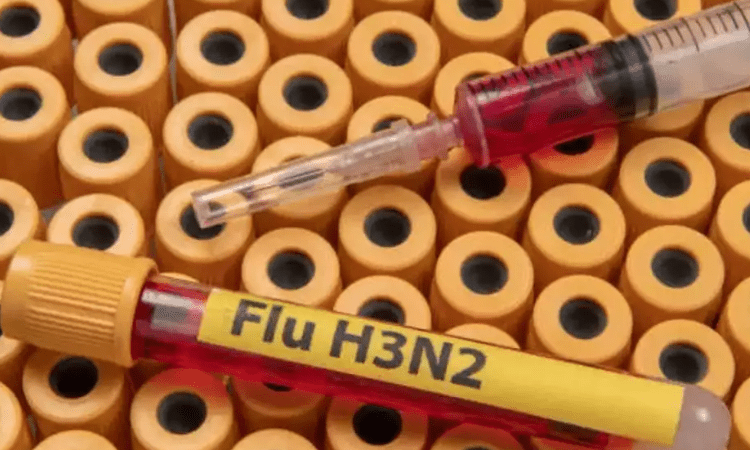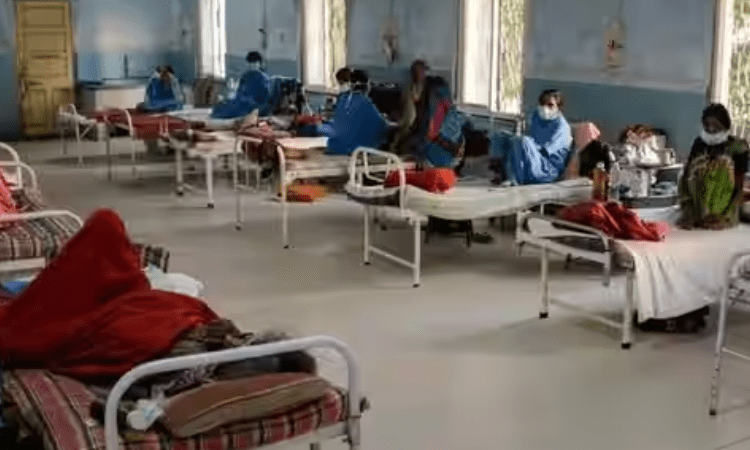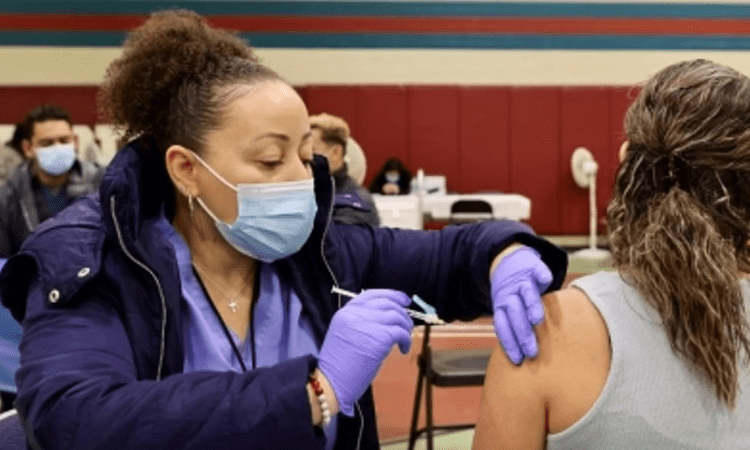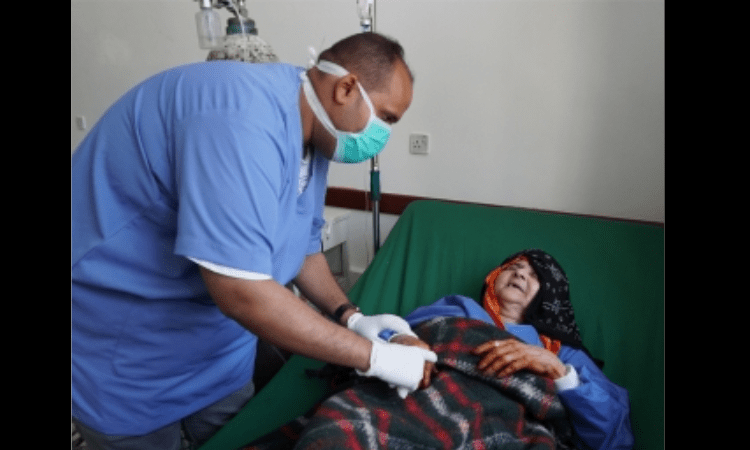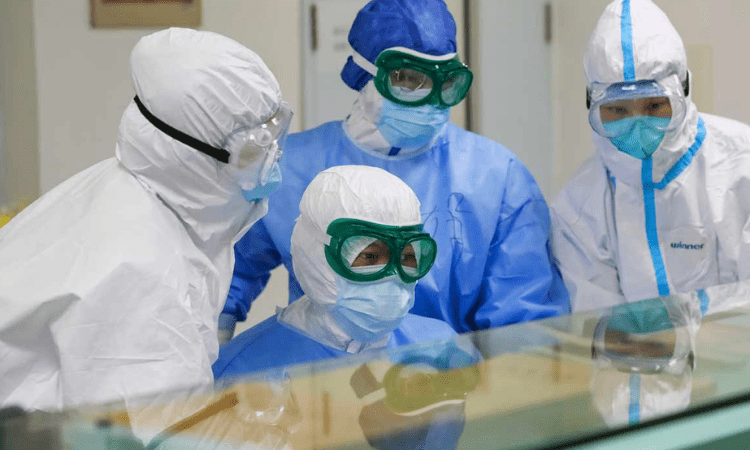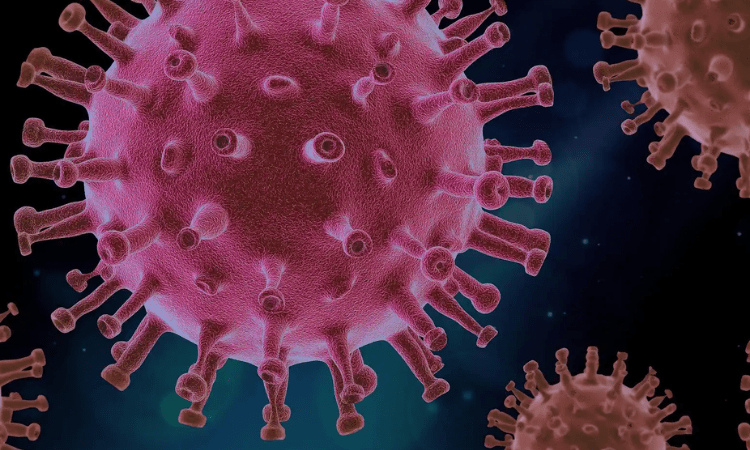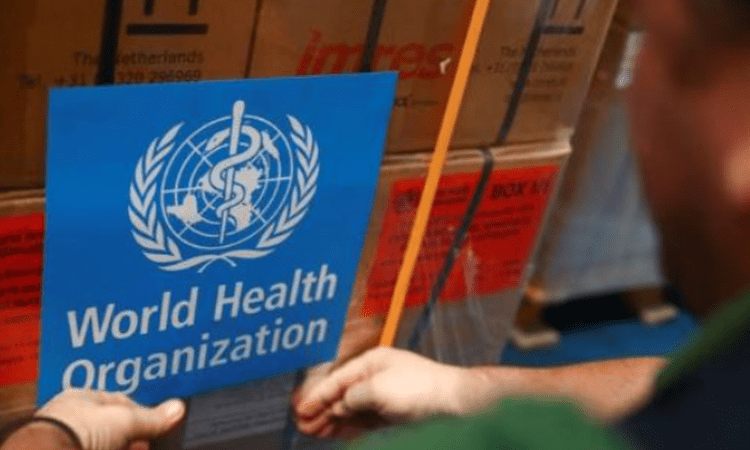Covid-19 can cause difficulty recognizing faces and navigational problems, according to a new study.
The study, published in the journal Cortex, is the first to report “prosopagnosia,” also known as face blindness, following symptoms consistent with Covid.
Previously it was known that Covid can cause a range of neurological problems, including the loss of smell and taste, and impairments in attention, memory, speech, and language, known as “brain fog”.
In the paper, researchers at Dartmouth College in the US, describe the case study of Annie — a 28-year-old customer service representative and a part-time portrait artist.
Annie was diagnosed with Covid in March 2020 and suffered a symptom relapse two months later. Shortly after the relapse, she noticed difficulty with face recognition and navigation.
“When I first met Annie, she told me that she was unable to recognize the faces of her family,” said lead author Marie-Luise Kieseler, a graduate student in the department of psychological and brain sciences and member of the Social Perception Lab at Dartmouth.
Annie now relies on voices to recognize people that she knows. She also experienced navigational deficits after having Covid.
“The combination of prosopagnosia and navigational deficits that Annie had is something that caught our attention because the two deficits often go hand in hand after somebody either has had brain damage or developmental deficits,” said senior author Brad Duchaine, Professor of psychological and brain sciences and principal investigator of the Social Perception Lab at Dartmouth.
“That co-occurrence is probably due to the two abilities depending on neighboring brain regions in the temporal lobe.”
To determine if other people have experienced similar problems due to long Covid, the team obtained self-reported data from 54 individuals who had long Covid with symptoms for 12 weeks or more; and 32 persons who had reported that they had fully recovered from Covid-19.
“Most respondents with long Covid reported that their cognitive and perceptual abilities had decreased since they had Covid, which was not surprising, but what was really fascinating was how many respondents reported deficits,” Kieseler said.
“One of the challenges that many respondents reported was a difficulty with visualizing family and friends, which is something that we often hear from prosopagnosics,” Duchaine.
“Our study highlights the sorts of perceptual problems with face recognition and navigation that can be caused by Covid-19 — it’s something that people should be aware of, especially physicians and other healthcare professionals,” Duchaine noted.



